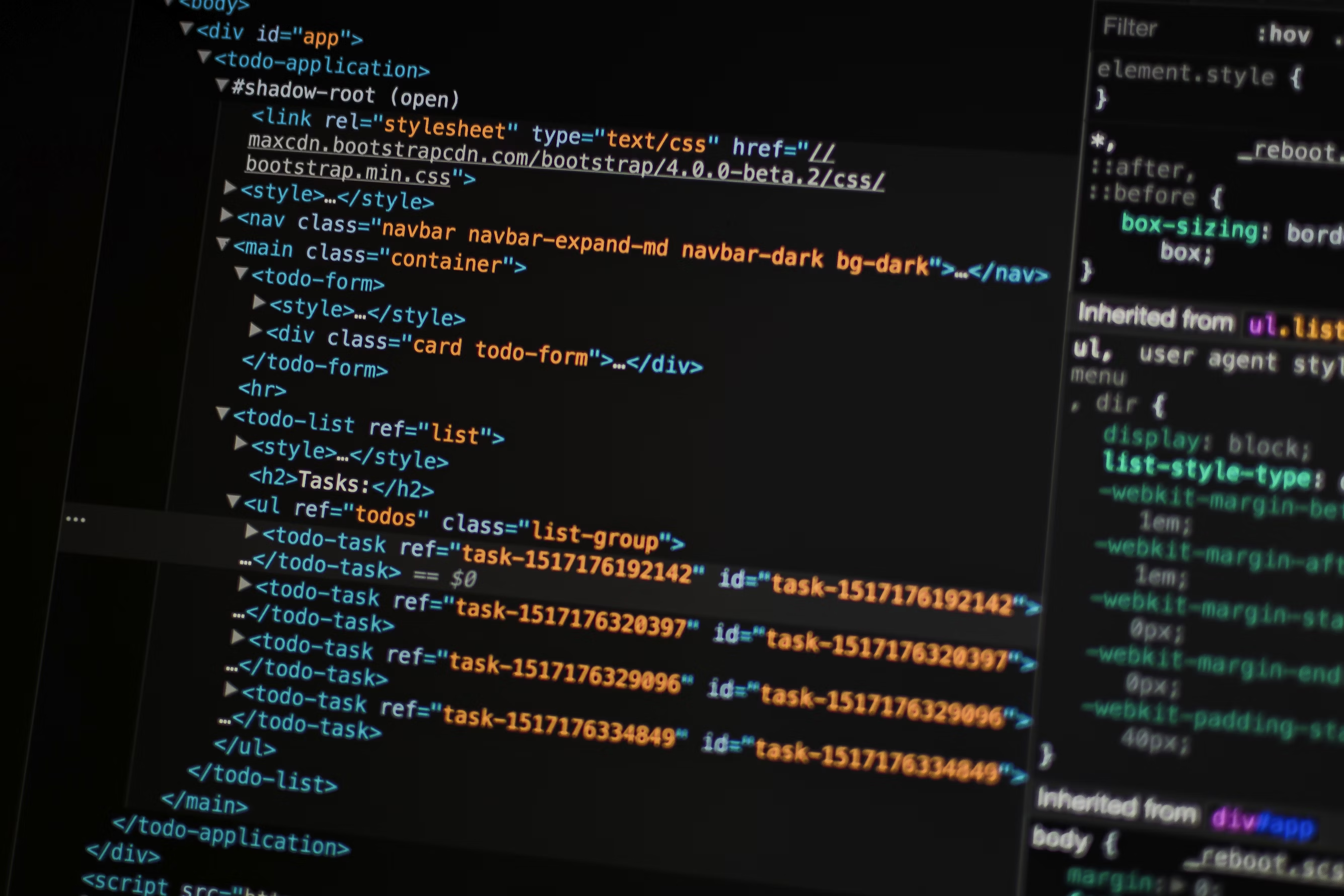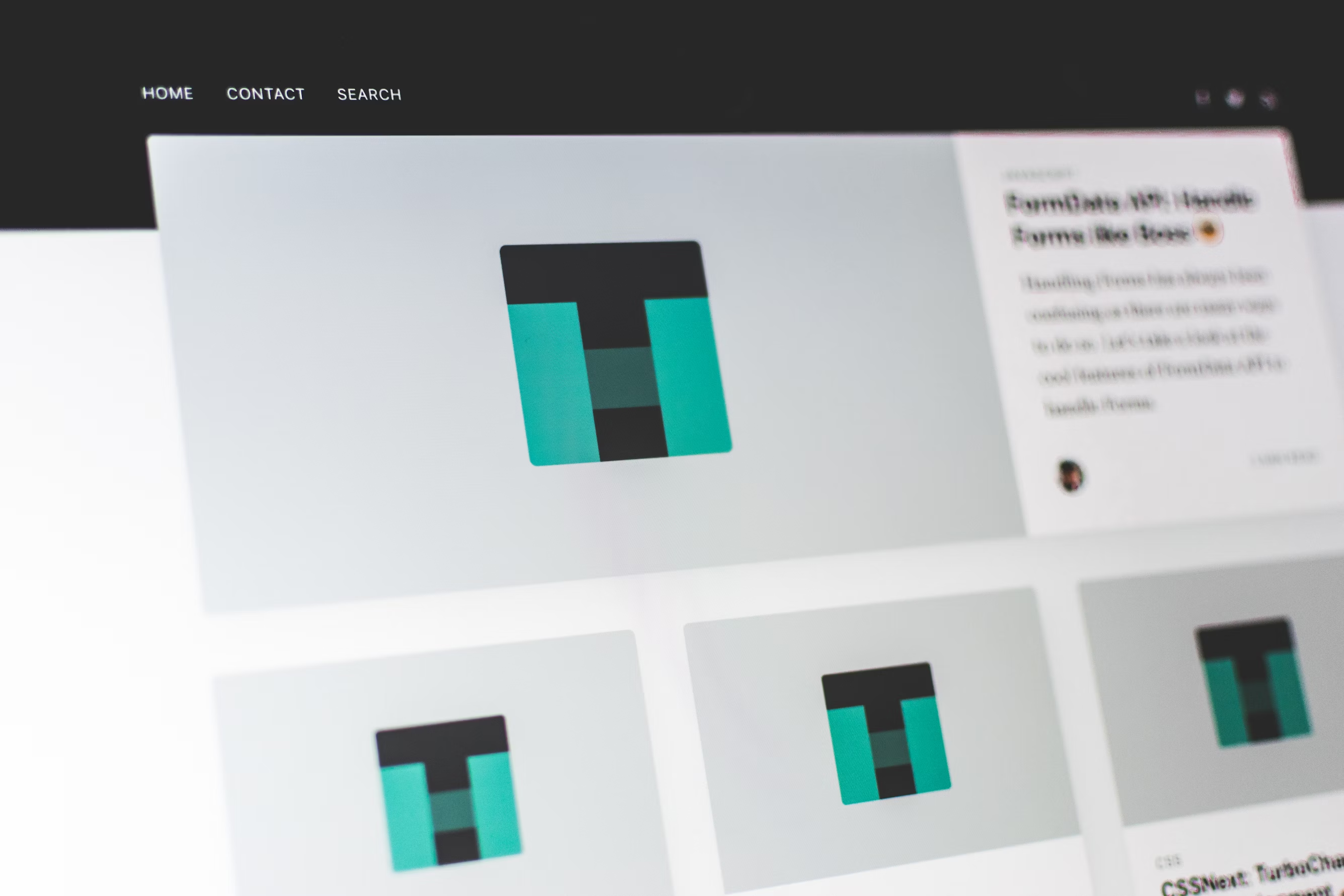Beyond the Surface: Why Code Quality Matters
When most people think about websites, they focus on design, content, and features. But underneath every great digital experience is something invisible yet crucial: clean, well-written code.
Clean code isn't just about making developers happy (though it does that too). It's the foundation that makes websites faster, more reliable, more secure, and easier to maintain. In short, clean code creates better experiences for everyone involved.
What Is Clean Code?
Clean code is code that is:
- Easy to read and understand
- Well-organized and structured
- Efficient and performant
- Documented and maintainable
- Free of unnecessary complexity
Clean Code Principles:
- Readable - Anyone can understand what it does
- Simple - Does only what's necessary
- Consistent - Follows established patterns
- Tested - Works reliably under different conditions
- Maintainable - Easy to modify and extend
Why Clean Code Matters for Users
1. Faster Loading Websites
Clean code directly impacts performance:
- Optimized algorithms process data more efficiently
- Minimal code bloat reduces file sizes
- Efficient database queries load content faster
- Better caching strategies improve repeat visits
Real impact: Clean code can make sites load 2-3x faster than poorly optimized alternatives.
2. More Reliable Experiences
Well-structured code means:
- Fewer bugs disrupting user workflows
- Better error handling when things go wrong
- Consistent behavior across different devices
- Graceful degradation when features fail
3. Better Accessibility
Clean code enables better accessibility:
- Semantic HTML that screen readers understand
- Proper ARIA labels for interactive elements
- Keyboard navigation that works correctly
- Color contrast that meets standards
4. Responsive Design That Actually Works
Clean CSS and JavaScript ensure:
- Smooth animations on all devices
- Proper scaling across screen sizes
- Touch interactions that feel natural
- Consistent layouts that don't break
The Business Impact of Clean Code
Reduced Development Costs
- Faster feature development with well-organized code
- Easier debugging when issues arise
- Reduced developer onboarding time
- Lower maintenance costs over time
Better SEO Performance
- Faster loading times improve search rankings
- Clean HTML structure is easier for search engines to crawl
- Better mobile performance helps mobile search rankings
- Lower bounce rates from better user experience
Improved Security
- Fewer vulnerabilities from well-structured code
- Better input validation preventing attacks
- Secure coding practices built in from the start
- Easier security audits and updates
Scalability for Growth
- Modular architecture that grows with your business
- Efficient resource usage that handles more traffic
- Easy integration with new tools and services
- Future-proof foundation that adapts to change
Common Code Quality Issues
1. Spaghetti Code
Problem: Tangled, interdependent code that's impossible to follow Impact: Every change risks breaking something else Solution: Modular architecture with clear separation of concerns
2. Code Duplication
Problem: Same functionality written multiple times Impact: Bugs multiply, maintenance becomes a nightmare Solution: DRY principle (Don't Repeat Yourself) with reusable components
3. Poor Naming Conventions
Problem: Variables and functions with unclear names Impact: Code becomes unreadable and unmaintainable Solution: Descriptive, consistent naming that explains purpose
4. Lack of Documentation
Problem: No comments or documentation explaining complex logic Impact: Future developers (including yourself) can't understand the code Solution: Clear comments and documentation for all complex functionality
5. Hardcoded Values
Problem: Important values buried in code instead of configuration Impact: Changes require code modifications and redeployment Solution: Configuration files and environment variables
How Clean Code Improves Team Collaboration
For Developers:
- Faster onboarding for new team members
- Easier collaboration on shared codebases
- Reduced debugging time spent understanding code
- More time for innovation instead of maintenance
For Designers:
- Predictable implementation of design specifications
- Easier iteration and design changes
- Better performance doesn't compromise design vision
- Consistent behavior across different browsers and devices
For Project Managers:
- More predictable timelines with stable codebases
- Easier scope management with modular architecture
- Lower risk of project delays from technical debt
- Better resource allocation with efficient development
For Business Stakeholders:
- Faster time to market for new features
- Lower development costs over time
- Better product quality and user satisfaction
- Reduced technical risk for business operations
The Cost of Poor Code Quality
Technical Debt
Poor code creates "technical debt" - shortcuts that cost more later:
- Increased development time for new features
- Higher bug rates and fixing costs
- Reduced team productivity over time
- Eventually requires expensive rewrites
User Experience Impact
- Slow loading times frustrate users
- Frequent bugs damage brand reputation
- Poor mobile experience loses mobile users
- Accessibility issues exclude potential customers
Business Consequences
- Higher development costs as codebases become unwieldy
- Longer project timelines due to technical complexity
- Difficulty hiring developers to work on messy codebases
- Competitive disadvantage from poor performance
Best Practices for Clean Code
1. Follow Coding Standards
- Consistent formatting and style across the team
- Established naming conventions for variables and functions
- Code review processes to maintain quality
- Automated linting to catch issues early
2. Write Self-Documenting Code
- Descriptive variable names that explain purpose
- Clear function names that describe what they do
- Logical code organization that follows expected patterns
- Comments for complex logic only when necessary
3. Keep Functions Small and Focused
- Single responsibility principle - one function, one purpose
- Small, testable units that are easy to understand
- Clear inputs and outputs with no hidden side effects
- Easy to reason about logic flow
4. Handle Errors Gracefully
- Proper error handling that doesn't crash the application
- Meaningful error messages for users and developers
- Fallback functionality when features fail
- Logging and monitoring to catch issues early
5. Optimize for Performance
- Efficient algorithms that scale well
- Lazy loading for resources not immediately needed
- Proper caching strategies for frequently accessed data
- Database optimization for faster queries
Tools That Support Clean Code
Code Quality Tools:
- ESLint/Prettier for JavaScript formatting and quality
- SonarQube for comprehensive code analysis
- CodeClimate for maintainability scoring
- GitHub CodeQL for security vulnerability scanning
Testing Frameworks:
- Jest for JavaScript unit testing
- Cypress for end-to-end testing
- Lighthouse for performance testing
- axe for accessibility testing
Development Workflows:
- Git branching strategies for organized development
- Code review processes before merging changes
- Continuous integration for automated testing
- Deployment pipelines for reliable releases
Measuring Code Quality
Metrics That Matter:
- Code coverage - How much code is tested
- Cyclomatic complexity - How complex the code logic is
- Technical debt ratio - How much cleanup is needed
- Bug density - Number of bugs per lines of code
User-Facing Metrics:
- Page load speed - Direct impact of code efficiency
- Error rates - How often things break for users
- Conversion rates - Better code often means better conversions
- User satisfaction - Clean code contributes to better experiences
Making the Investment
Short-term Costs:
- Additional development time for writing clean code
- Code review processes that slow down individual commits
- Learning curve for teams adopting new practices
- Tool setup and configuration time
Long-term Benefits:
- Reduced maintenance costs over the life of the project
- Faster feature development with solid foundations
- Higher team productivity and job satisfaction
- Better business outcomes from reliable software
Getting Started with Clean Code
For Existing Projects:
- Audit current code quality using automated tools
- Identify high-impact areas for improvement
- Establish coding standards for future development
- Gradually refactor problematic areas
- Implement code review processes
For New Projects:
- Set up code quality tools from day one
- Establish team coding standards before starting
- Plan architecture with maintainability in mind
- Implement testing from the beginning
- Regular code reviews throughout development
The Ripple Effect of Clean Code
Clean code creates positive effects throughout an organization:
For Development Teams:
- Higher job satisfaction from working with quality code
- Faster problem-solving with readable codebases
- More time for innovation instead of firefighting
- Better collaboration and knowledge sharing
For Business Operations:
- More reliable systems supporting business processes
- Faster adaptation to market changes
- Lower risk of technical failures
- Better ROI on technology investments
For End Users:
- Faster, more reliable digital experiences
- Fewer frustrating bugs and errors
- Better accessibility and usability
- Consistent performance across devices
Conclusion
Clean code isn't a luxury—it's a necessity for any business that wants to succeed online. While the benefits might not be immediately visible to users, they experience them in every interaction: faster loading pages, fewer bugs, better mobile experiences, and more reliable functionality.
The investment in clean code pays dividends over time through reduced maintenance costs, faster development cycles, happier development teams, and ultimately, better user experiences that drive business results.
In a world where digital experience often determines business success, can you afford not to prioritize clean code?
The question isn't whether clean code matters—it's whether you're ready to make the commitment to quality that creates better experiences for everyone.



